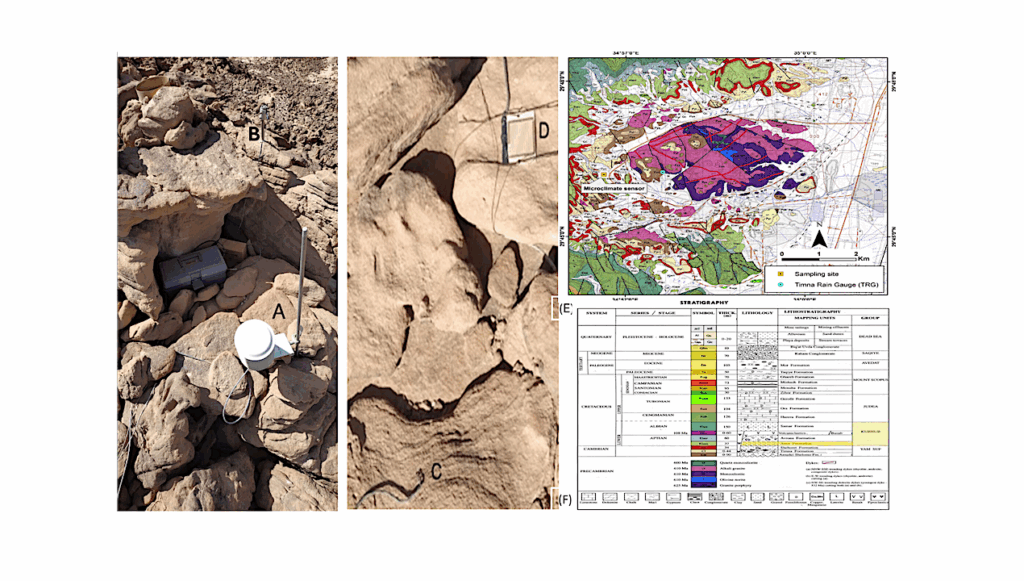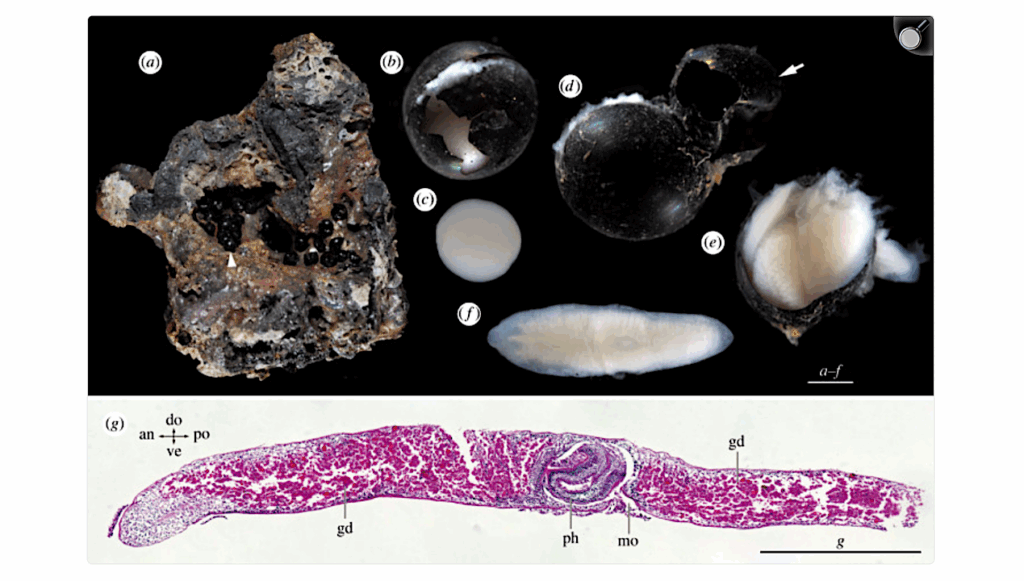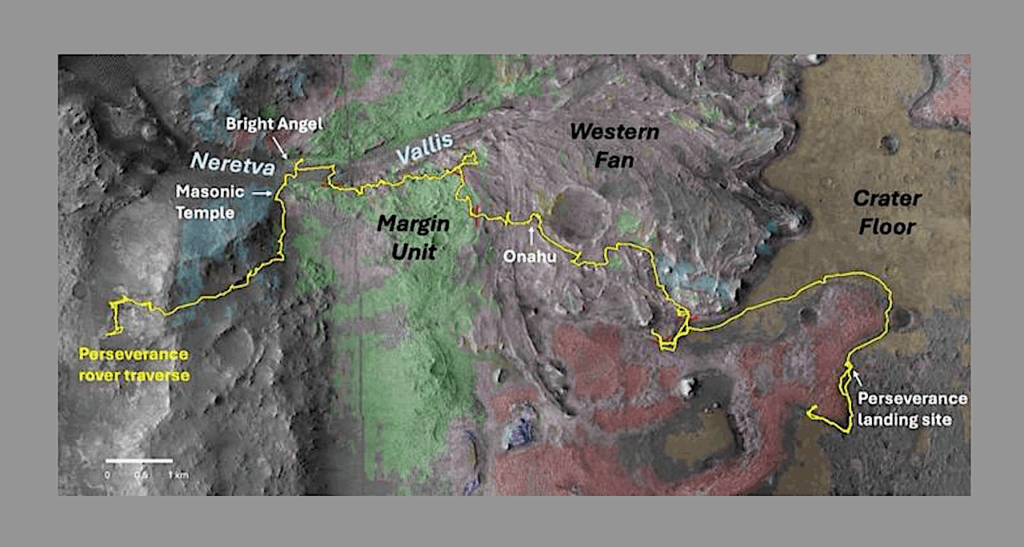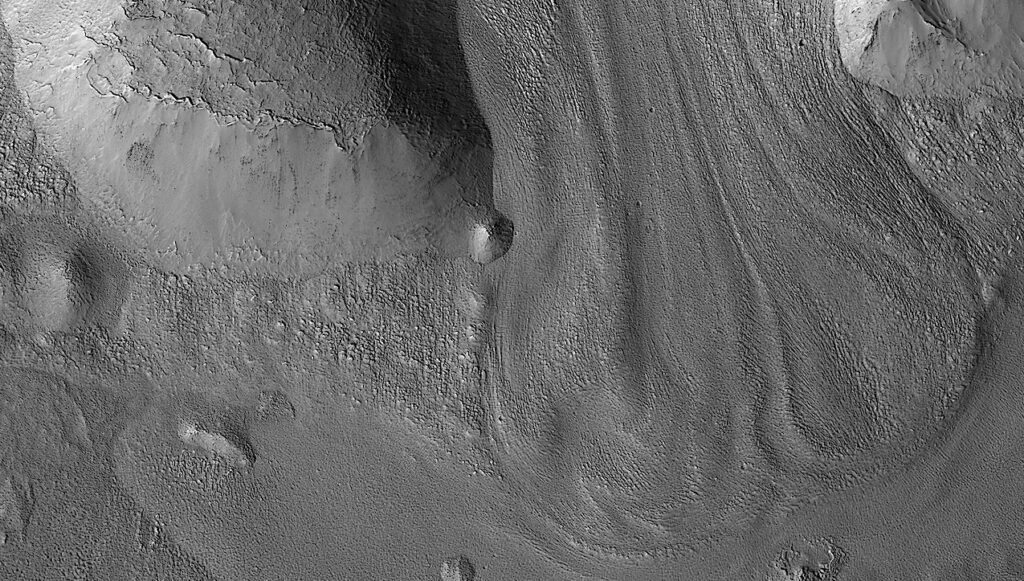Taking In The View From Wharton Ridge

Today I learned that a feature on the surface of Mars has been named after a friend of mine.
This was not unexpected since I knew that his name was in the queue waiting for just the right feature to be discovered by the Opportunity rover. “Wharton Ridge” is named after Robert A. Wharton (Bob). Bob was born a few years before me in 1951 and died unexpectedly in 2012. I worked with Bob at the old Life Sciences Division at NASA Headquarters in the late 1980s.
The information included with the release of images of Wharton Ridge is only a partial list of his accomplishments: “an astrobiologist who was a pioneer in the use of terrestrial analog environments, particularly in Antarctica, to study scientific problems connected to the habitability of Mars. Over the course of his career, he was a visiting senior scientist at NASA Headquarters, vice president for research at the Desert Research Institute, provost at Idaho State University, and president of the South Dakota School of Mines and Technology.” What is not mentioned is that Bob was also executive officer for the National Science Foundation’s office of polar programs and participated in 11 expeditions to the Antarctic.
Bob was an astrobiologist before the word had even been coined. He was an adventurer and a jack of all trades. Among other things, he spent a lot of time diving under Antarctic ice and roaming the dry valleys of Antarctica with Chris McKay and Dale Andersen. While I was working at NASA I convinced Bob to take a T-shirt from the American Society for Gravitational and Space Biology with him to Antarctica to pose for pictures which he was more than happy to do. I also wrote an article for Climbing magazine comparing NASA and climbing technology which featured some of the gizmos that Bob and his pals used to get under the ice in Antarctica.
Bob was an avid climber and mountaineer and we went rock climbing a bunch of times mostly in the immediate DC area. One trip in particular, to Seneca Rocks, West Virginia, on a stunning day (1 September 1991 to be exact) is etched into my mind. It was such a classic rock climbing day. Bob picked me up early in his old red pick up truck. It had a radio and an 8 track player. I think he only had one tape – Santana’s greatest hits.
We went to Seneca during the middle of the week so we had the place mostly to ourselves. We were in no hurry. We did two classic 5.7 climbs “Ecstasy” and “Soler”. I let Bob lead. We topped out on “Soler” in the middle of the afternoon. We spent some time taking in the scenery from the summit and ate lunch before we rappelled down and wandered to the visitor’s center to Bob’s truck. We then began the long drive back to DC.

Me and Bob on the summit ridge of Seneca Rocks, West Virginia in 1991.
When we got tired of listening to Santana we talked about a variety of things. I can clearly recall asking him on that trip if he thought there was life on Mars. He paused for a moment and said “I … think so”. While I tend towards being chatty Bob was somewhat frugal with his words. At the time I had two other regular climbing partners – one was chatty the other was not. Usually the chatty climber learns to shut up when their partner just wants to climb.
Indeed, Dale Andersen told me once that he and Bob were in Antarctica and that Dale had proposed a contest to see how few words they needed to exchange during the course of a day. Not because they did not like each other (they were good friends) but just to see if they could do it. Its these adaptations that people have to make to one another while functioning in extreme environments that make or break a research expedition.
During 1996/1997 Dale Andersen and I set up what we think is one of the first – if not the first – website updated from Antarctica where he and Bob were doing field research. One of the pictures he sent back was just too cool: Dale, Bob and Sir Edmund Hillary at their base camp at Lake Hoare in Taylor Valley. I was always taken with that photo – indeed it was part of what inspired me to take a companion photo of “Sir Ed” 13 years later in Nepal.
In getting to know Bob his colleagues I realized that these were the sort of people that I’d send to Mars: not your typical astronauts. In fact, Bob, Dale and others (Chris McKay, John Rummel, Steve Squyres, etc.) wrote a series of papers on the use of the arctic and Antarctic as analogs for the human exploration of Mars. A decade later I started to make embark upon my own arctic and Himalayan expeditions – usually with one or more astronauts and a bunch of alpine and polar explorers. As I evaluated my strengths and weaknesses and watched others in the field it became clear to me just what sort of people you need to send to Mars – and those you should not.
Bob would have been in his element on Mars. He was perfectly suited for it. When we do send people to Mars they will truly be following in his footsteps. In the tradition of polar explorers Bob’s colleagues waited until just the right place revealed itself to them. As Opportunity made its way down into Endeavour Crater via Bitterroot Valley to Spirit Mound it passed Wharton Ridge.
There’s a bunch of boulders on the ridge. One in particular stands out. You can be sure that any future climber passing this way will instinctively want to scramble up and sit there to eat lunch and take in the view.
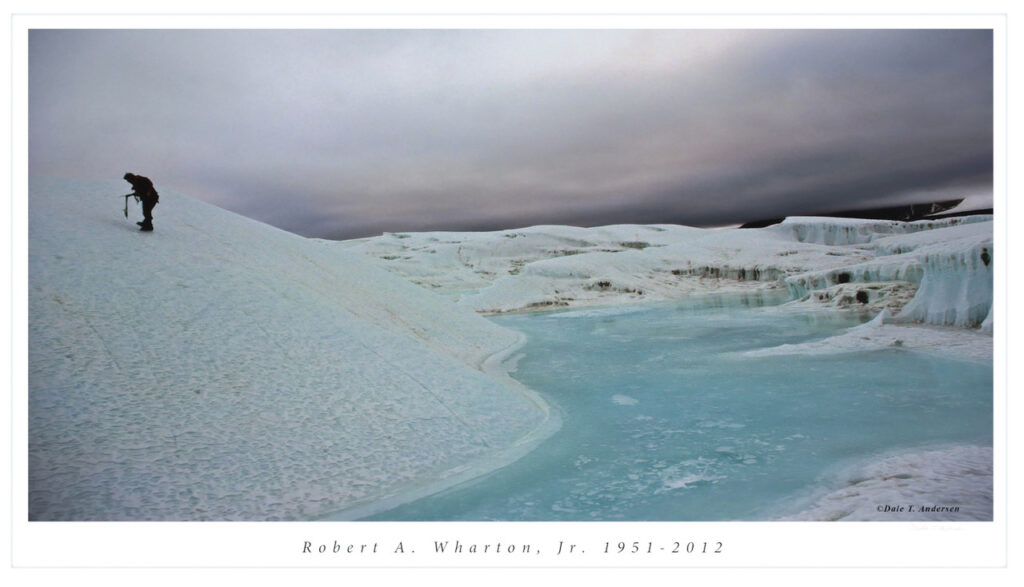
Dale Andersen: “This is probably my favorite image, one taken while he and I were exploring the Canada Glacier next to Lake Hoare (and sampling the cryoconite). While we were looking at this supra-glacial pond, the quality of the light began to change and the level diminished as the clouds dropped to just meters above us. At that time I asked Bob to slowly head up the icy slope on the north side so I could capture what was turning into a wonderful image. This surreal scene was one that he and I talked about a lot over the years, and this photo was one he kept in his home or office for quite some time. Bob and I spent a lot of time on the Canada Glacier, and we climbed the steep, narrow, glacial tongue that sits above it on the slopes to the north – in fact that story, “An Icy Adventure” was written up for a small article in Summit Magazine (no longer in print).”
Original Caption Released with NASA images of Wharton Ridge
This scene from NASA’s Mars Exploration Rover Opportunity shows “Wharton Ridge,” which forms part of the southern wall of “Marathon Valley” on the western rim of Endeavour Crater. The full extent of Wharton Ridge is visible, with the floor of Endeavour Crater beyond it and the far wall of the crater in the distant background. Near the right edge of the scene is “Lewis and Clark Gap,” through which Opportunity crossed from Marathon Valley to “Bitterroot Valley” in September 2016. Before the rover departed Marathon Valley, its panoramic camera (Pancam) acquired the component images for this scene on Aug. 30, 2016, during the 4,480th Martian day, or sol, of Opportunity’s work on Mars.
Opportunity’s science team chose the ridge’s name to honor the memory of Robert A. Wharton (1951-2012), an astrobiologist who was a pioneer in the use of terrestrial analog environments, particularly in Antarctica, to study scientific problems connected to the habitability of Mars. Over the course of his career, he was a visiting senior scientist at NASA Headquarters, vice president for research at the Desert Research Institute, provost at Idaho State University, and president of the South Dakota School of Mines and Technology.
JPL manages the Mars Exploration Rover Project for NASA’s Science Mission Directorate in Washington. For more information about Spirit and Opportunity, visit http://marsrovers.jpl.nasa.gov. Image Credit: NASA/JPL-Caltech/Cornell/Arizona State Univ. Image Addition Date: 2016-10-07

The view spans from east-northeast at left to southeast at right. Color in the scene comes from component images taken through three of the Pancam’s color filters, centered on wavelengths of 753 nanometers (near-infrared), 535 nanometers (green) and 432 nanometers (violet).

In this version of the scene the landscape is presented in enhanced color to make differences in surface materials more easily visible

Location of Wharton Ridge Larger image
Astrobiology


